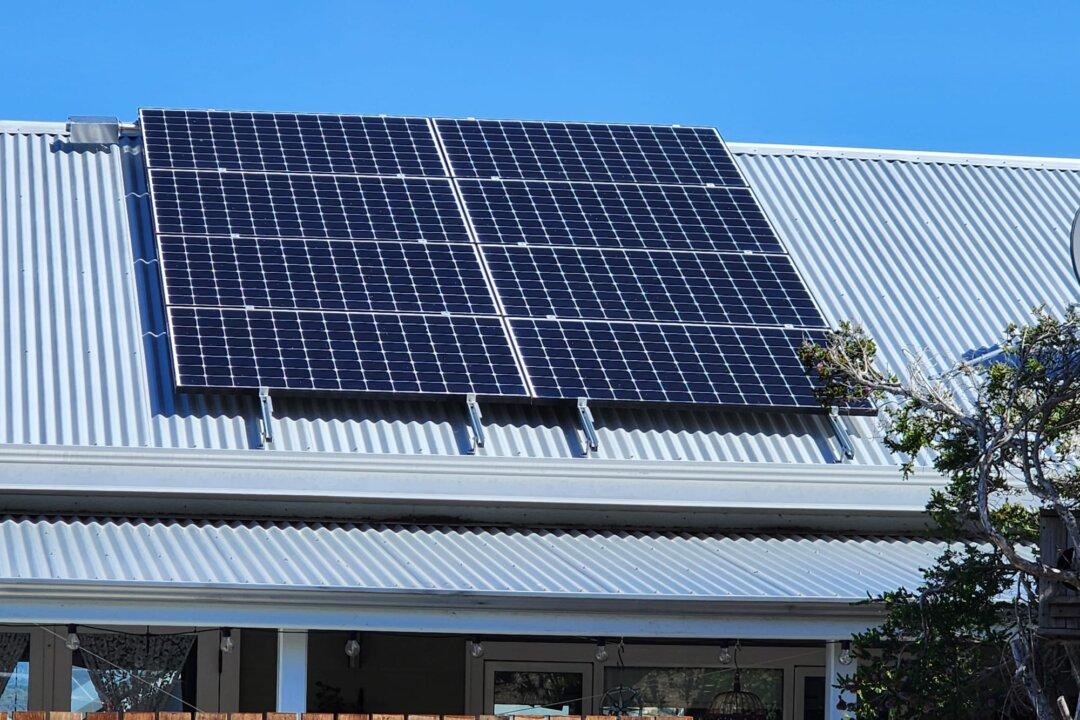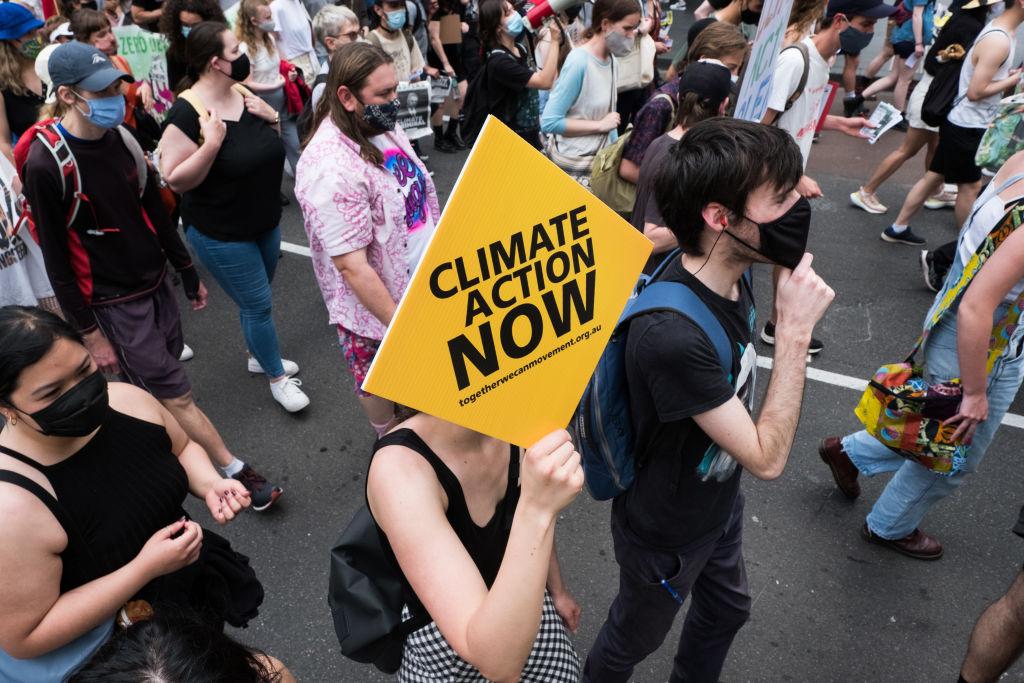Commentary
On Sept. 8, the Australian Parliament passed legislation to cut carbon emissions by 43 percent below 2005 levels by 2030, and to achieve net-zero carbon dioxide emissions by 2050. The legislation, adopted with the support of the Greens and “Teal” independents, is one of the signature laws of Prime Minister Anthony Albanese.






